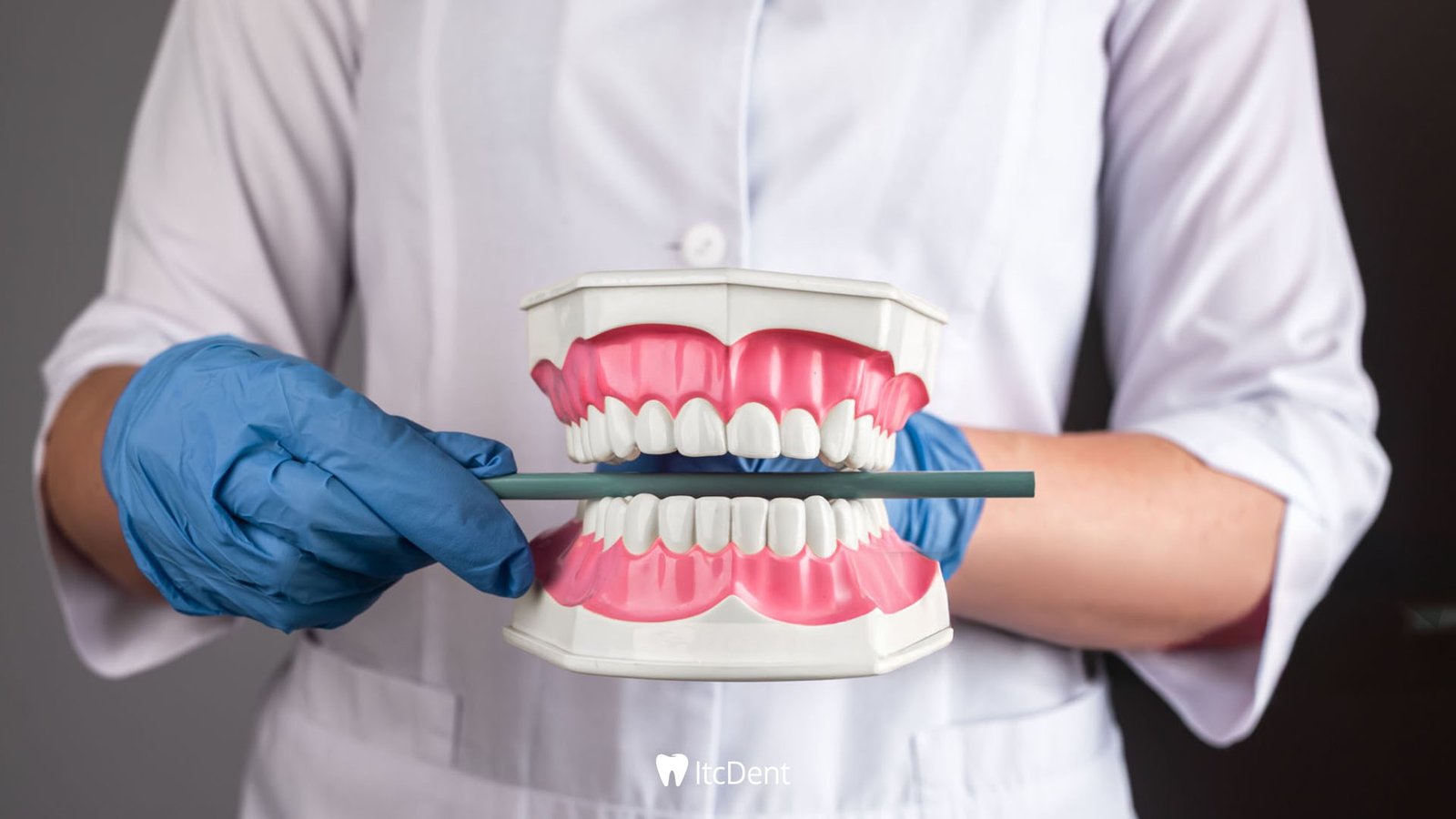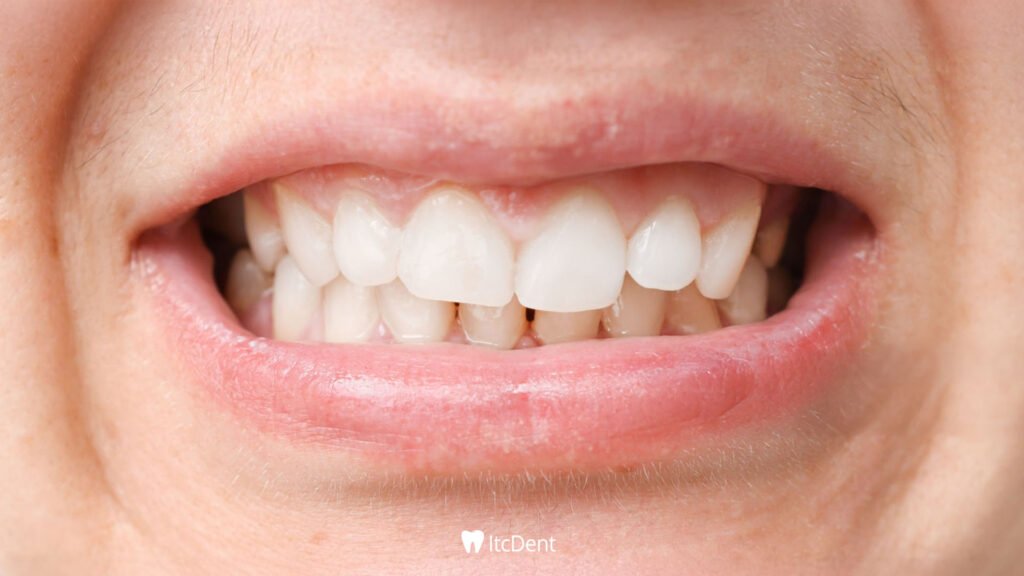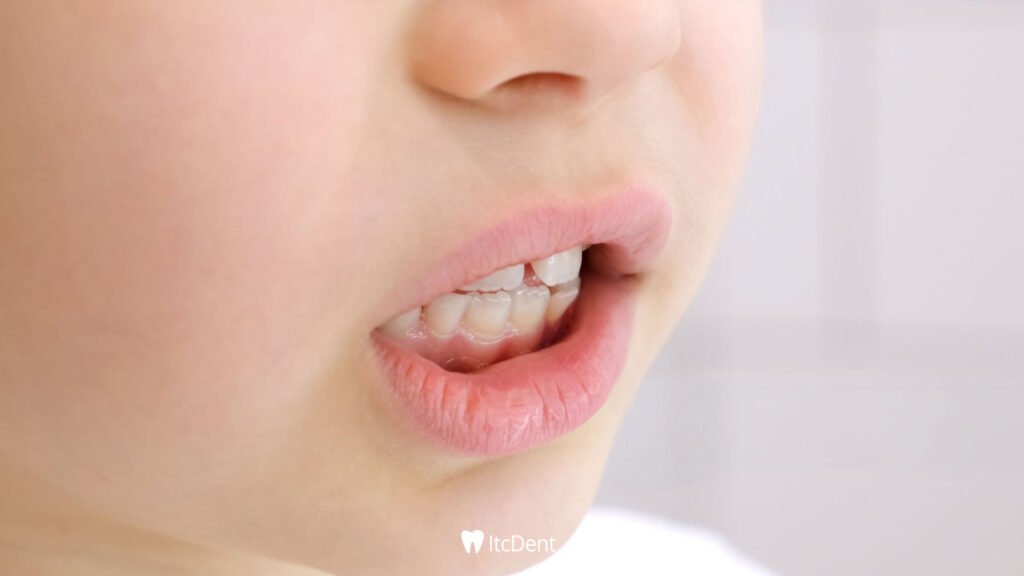
What is Malocclusion?
A beautiful and healthy smile is crucial not only for aesthetics but also for overall oral and jaw health. Proper alignment of teeth and proper jaw closure not only create an aesthetic appearance, but also lay the foundation for healthy chewing function, proper speech, and long-term digestive health. However, some people experience misalignments between their teeth and jaw; the teeth don’t meet properly, or the jawbones don’t fit together properly. In dentistry, this condition is called malocclusion.
This condition doesn’t just affect the aesthetics of the smile; it can also lead to serious long-term health problems. For example, pain and clicking in the jaw joint, tooth wear, gum problems, speech disorders, and even digestive problems are among the negative effects of malocclusion. When the force isn’t distributed correctly during chewing, abnormal loads are placed on the teeth and jawbones, negatively impacting both daily life and oral health.
Therefore, early diagnosis of malocclusion and implementation of appropriate orthodontic treatment plans are crucial. Early intervention not only provides an aesthetically pleasing smile, but also protects jaw health, prevents tooth wear, and improves the patient’s quality of life.
What is a Malocclusion?
A malocclusion refers to a situation where the upper and lower jaws and teeth deviate from their ideal alignment. In a normal bite, the upper teeth are slightly in front of the lower teeth, and they contact each other harmoniously. This harmony allows for smooth chewing, speech, and overall oral health. However, when there is a malocclusion, misalignment or misalignment between the teeth occurs; the teeth do not support each other as they should, which can lead to both aesthetic and functional problems.
A malocclusion is not just about the alignment of the teeth; often, the size, position, or discrepancy between the jawbones also influences the process. For example, if the lower jaw is too far forward or too far back relative to the upper jaw, it can lead to conditions such as a crossbite or an open bite. Therefore, malocclusion treatment cannot be resolved with a standardized approach; each patient’s jaw and teeth are thoroughly examined, and a personalized treatment plan is developed.
Today’s orthodontic treatment methods not only align teeth but also correct jaw alignment, improve chewing function, and create an aesthetically pleasing smile. This minimizes the negative effects of malocclusion on both health and appearance.

Types of Malocclusion
Malocclusion can occur in different types and degrees, and each type has its own unique effects. The most common types of malocclusion can be described as follows:
Crossbite
In this condition, the lower teeth protrude beyond the upper teeth. A crossbite can occur on both the front teeth and the back molars. It can disrupt force distribution during chewing, leading to tooth wear and strain on the jaw joint.
Class II Overbite
This condition occurs when the upper front teeth overlap the lower front teeth. This type of malocclusion can be aesthetically significant and can sometimes make it difficult to speak or chew.
Class III Overbite
This condition occurs when the lower teeth are in front of the upper teeth. It is usually caused by the development of the jawbone and is considered a severe type of malocclusion. Chewing function can be severely affected.
Open Bite
This is a condition in which the front teeth or molars do not make contact with each other when the teeth are closed. An open bite can cause speech problems and difficulty chewing food.
Crowding (Crowded or Irregular Teeth)
This is a condition where teeth overlap or are arranged unevenly due to their inability to fit within the jaw structure. Crooked teeth can be both aesthetically undesirable and can negatively impact oral hygiene by making brushing and flossing difficult.
Spacing (Spaced Teeth)
This refers to the presence of larger than normal spaces between teeth. This can affect the aesthetics of the smile and increase the risk of tooth decay and gum disease by allowing food particles to accumulate.
Causes of Malocclusion
Malocclusion can occur due to a combination of genetic and environmental factors. Genetic factors increase the risk of malocclusion by passing on characteristics such as jaw size, tooth size, and tooth alignment from parents to children. Furthermore, the early loss of primary teeth during childhood can prevent the proper alignment of permanent teeth, leading to malocclusions. Prolonged thumb sucking or pacifier use can also cause malocclusions in jaw and teeth.
Mouth breathing, meaning breathing through the nose instead of the mouth, can negatively impact jaw development and predispose to malocclusion. Furthermore, trauma and trauma to the jaw or teeth can disrupt the proper positioning of the teeth and jaw. Congenital or acquired diseases and anomalies of the jawbone or teeth can also affect the bite and cause malocclusion.

Symptoms of Malocclusion
Early detection of malocclusion makes treatment both easier and more effective. Some symptoms are immediately noticeable: overlapping or excessively spaced teeth, difficulty chewing or pain in the teeth, clicking or aching in the jaw joint, just to name a few. Other signs to watch out for include speech disturbances, mild or significant facial asymmetry, and excessive wear or fractures on teeth.
If you observe one or more of these symptoms, it’s important to consult an orthodontist or oral dentist without delay. Early intervention not only preserves the aesthetics of your smile but also prevents long-term damage to your jaw and teeth.
How is Malocclusion Treated?
The goal of malocclusion treatment is to restore the correct position of the teeth and jaw, improve chewing function, and achieve an aesthetically pleasing smile. The treatment method is determined by factors such as the type and severity of the malocclusion, and the patient’s age.
One of the most common methods is orthodontic treatment. The teeth are gradually adjusted to the correct position using devices such as braces or clear aligners. Modern orthodontics provide not only aesthetic but also functional correction.
In some cases, jaw size or positional irregularities also require treatment. Especially in severe Class II or Class III bites, orthognathic surgery reshapes the jawbones and restores a correct bite. This improves chewing, speech, and facial symmetry.
In children, early intervention appliances are used. These appliances guide jaw development, helping to prevent more severe malocclusions in the future.
Finally, in some cases, a combination treatment plan may be implemented based on specific circumstances, such as crossbite, open bite, or excessively spaced/crowded teeth. The goal is always to ensure the patient achieves a healthy mouth, both aesthetically and functionally.

